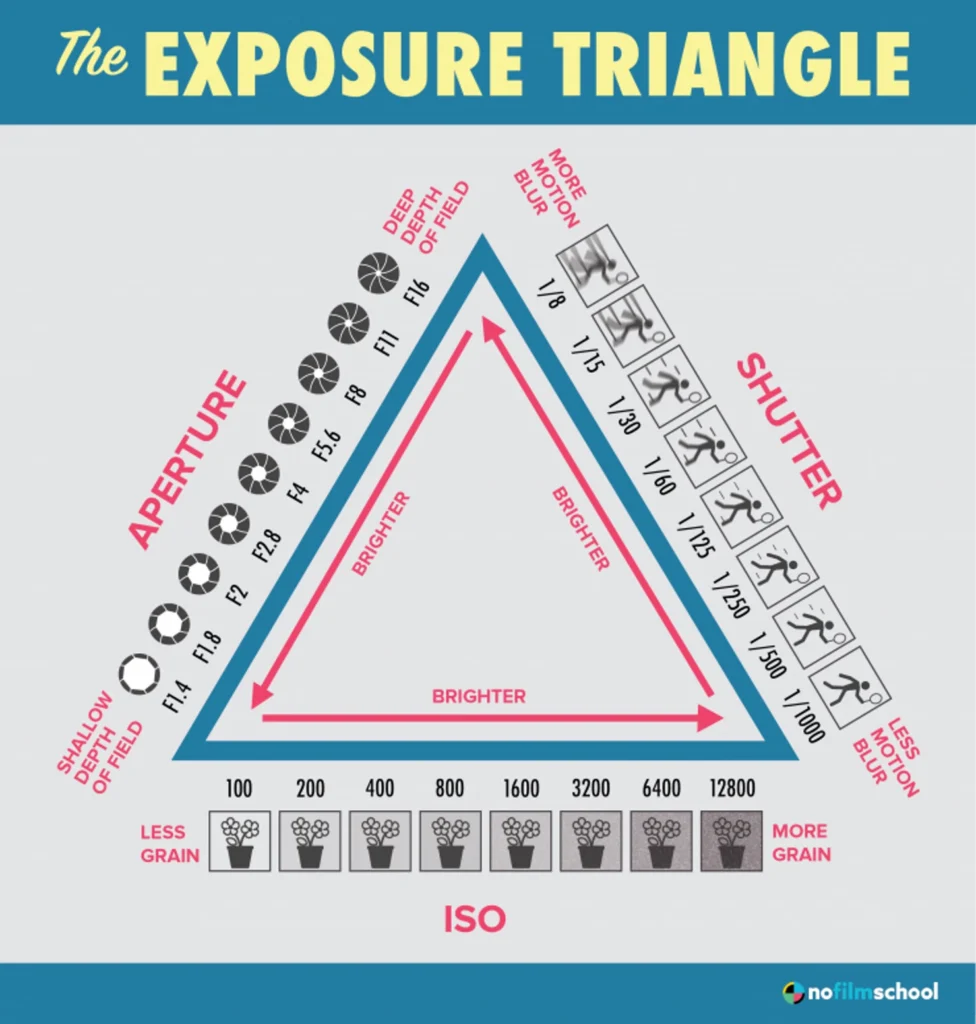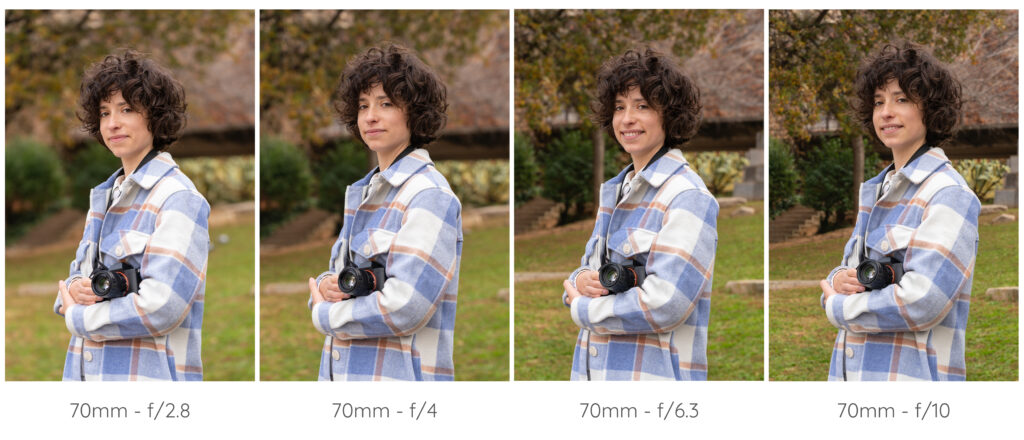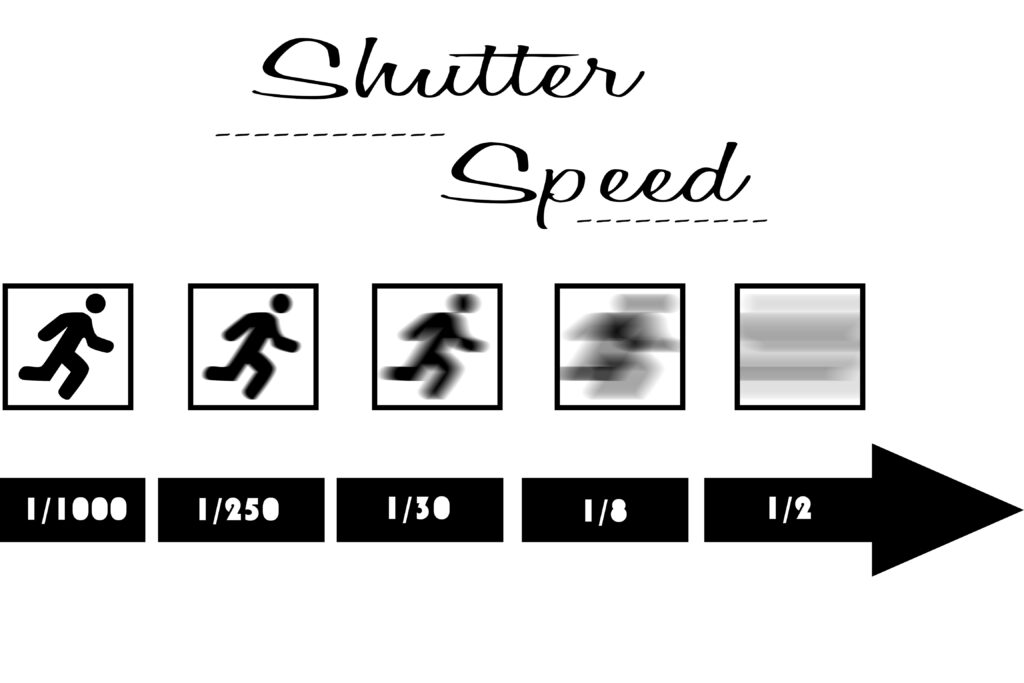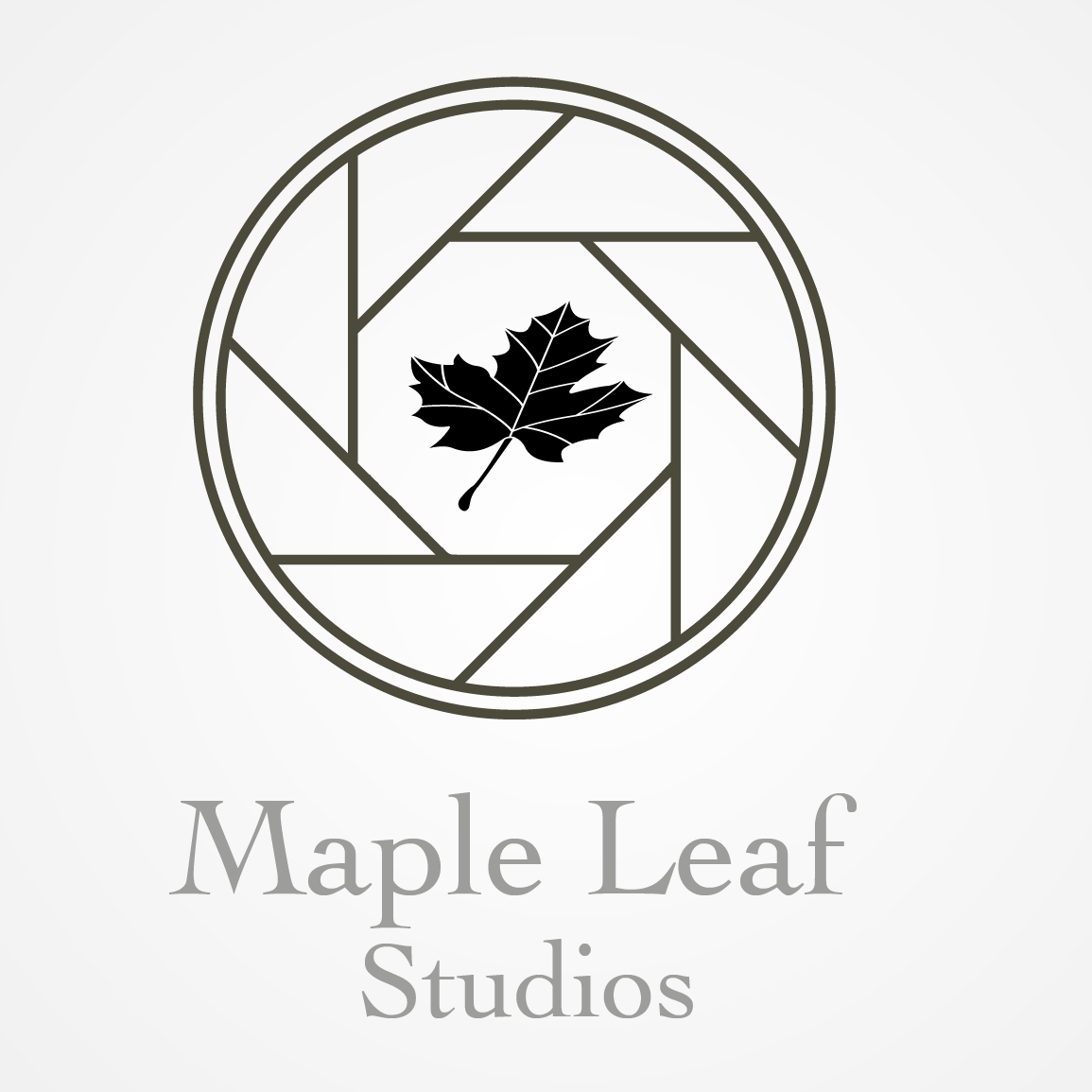Want to dive deeper into photography and take more control of the way your photos look, switch over to manual mode. When you are in auto, the camera analyzes the scene and decides what the settings should be to achieve a well exposed photo. But, what the camera doesn’t know is what type of photo you are trying to achieve or what you are photographing. For example, you might be trying to photograph a car driving by and get a fast snapshot of it without any blur. In order to do that you will need a high shutter speed to capture its fast motion. On the other hand if you wanted the background to be blurred while panning the vehicle you would want to have a slower shutter speed. Your camera cannot detect what type of photo or scene you desire.
Manual Mode
There are three settings you should know for manual mode, ISO, Shutter Speed, and Aperture. When capturing a photo you want to achieve good exposure so your highlights are not blown out and your shadows are still seen. In order to get proper exposure you want a balance between each setting. “The Exposure Triangle” is a great tool to see what settings may need to be higher or lower to get proper exposure.

ISO
ISO is practically how sensitive your camera will be to light. Low ISO means low sensitivity, high ISO means high sensitivity. But having your ISO too high can introduce noise because of how sensitive it is to unwanted light. Having a higher aperture or higher shutter speed will usually in return need a higher ISO to compensate for the amount of light needed for proper exposure. A common misconception is that ISO is bad. It is not bad in all situations and can easily be removed in post production. Some photographers like the look of grain and noise in their photos, so they may not remove as much in post production. Remember, make the photos the way you want them to look, hence the reason to use manual.
Aperture
Different lenses have different aperture levels. Some are able to go down to f/1.4 some are only able to go down to f/4. What does each stop of aperture mean might you ask? Well aperture plays a roll in many different aspects. Having a lower F stop (1.4) will allow more light in causing higher exposure level, which in return will need lower ISO and higher shutter speed to compensate for the amount of light. Aperture also affect the depth of field or how much will be in focus. Looking below we can see that a lower F stop has a shallower depth of field meaning the background will not be in focus but instead the subject will stand out. When we go up to f/10 we can see more of the background in the image but the subject is still the main focus. When capturing one person or one object lower F stop would be good to separate the subject from the background. But if you have a big group of people or want to include a more in focus background in the image then you would want to use a deeper depth of field.

Shutter Speed
Shutter speed is how long you want your shutter to stay open for. When you have a high shutter speed your photo will be more static and less motion blur. If you would like motion blur then bring down your shutter speed to make a desired amount of blur of the subject. Additionally if you are inside with bad lighting or even outside later at night you might want to bring down your shutter speed to allow more light in. But, you have to pay attention to why kind of photo you want to create. If you want more of a static photo and to freeze the motion then make sure to keep your shutter speed up fast enough for the situation. This all ties back to the exposure triangle from earlier. You have to find the sweet spot in between all three settings to achieve your desired photo.

Works cited
Light, Jo. “What the Penguin Prod. Designer Thinks Every Designer Should Know.” No Film School, 26 Sept. 2024, nofilmschool.com/kalina-ivanov-the-penguin. Accessed 26 Sept. 2024.

Leave a Reply